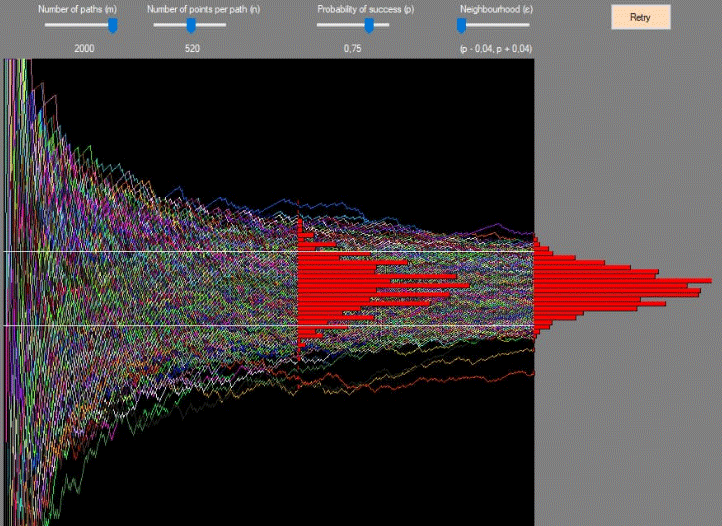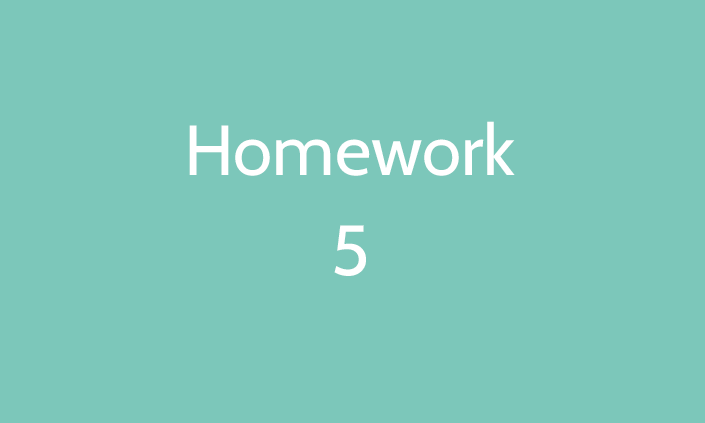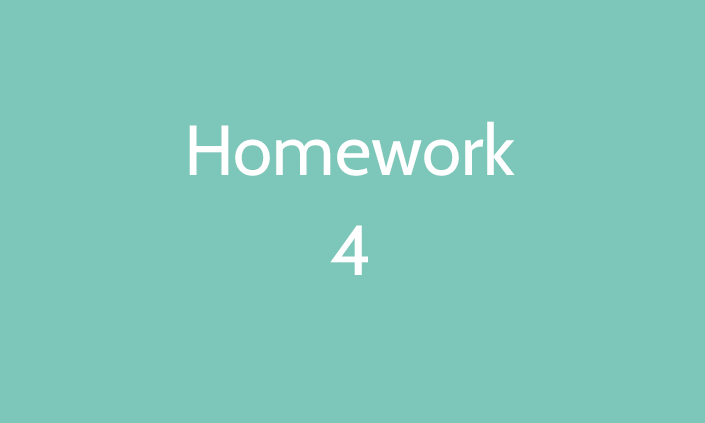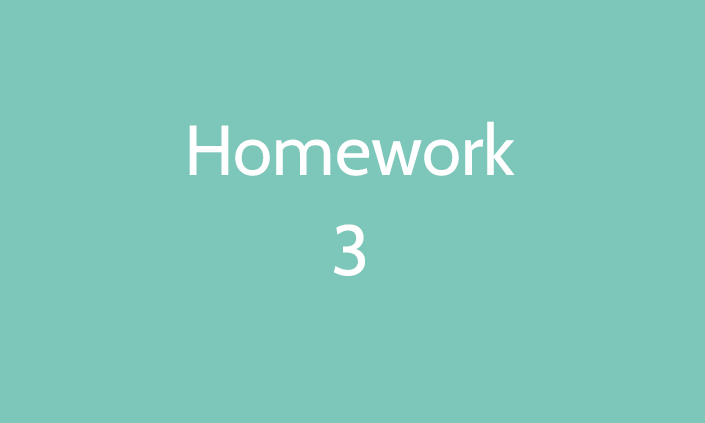Researches about theory
12_R.What is the “Brownian motion” and what is a Wiener process. History, importance, definition and applications (Bachelier, Wiener, Einstein, …).
13_R. An “analog” of the CLT for stochastic process: the standard Wiener process as “scaling limit” of a random walk and the functional CLT (Donsker theorem) or invariance principle. Explain the intuitive meaning of this result and how you have already illustrated the result in your homework.
Applications
12_A. Discover one of the most important stochastic process by yourself!
Consider the general scheme we have used so far to simulate stochastic processes (such as the relative frequency of success in a sequence of trials, the sample mean, the random walk, the Poisson point process, etc.) and now add this new process to our simulator.
Starting from value 0 at time 0, for each of m paths, at each new time compute P(t) = P(t-1) + Random step(t), for t = 1, …, n,
where the Random step(t) is now:
σ * sqrt(1/n) * Z(t),
where Z(t) is a N(0,1) random variable (the “diffusion” σ is a user parameter, to scale the process dispersion).
At time n (last time) and one (or more) other chosen inner time 1.
13_A. Create the a distribution representation (histogram, or CDF …) to represent the following:
– Realizations taken from a Normal(0,1)
– Realizations of the mean, obtained by averaging several times (say m times, m large) n of the above realizations
– Realizations of the variance, obtained by averaging several times (say m times, m large) n of the above realizations
– Realizations taken from exp(N(0,1)))
– Realizations taken from N(0,1) squared
– Realizations taken from a (squared N(0,1)) divided by another (squared N(0,1)).
Researches about applications
9_RA Try to find on the web what are the names of the random variables that you just simulated in the applications, and see if the means and variances that you obtain in the simulation are compatible with the “theory”. If not fix the possible bugs.










